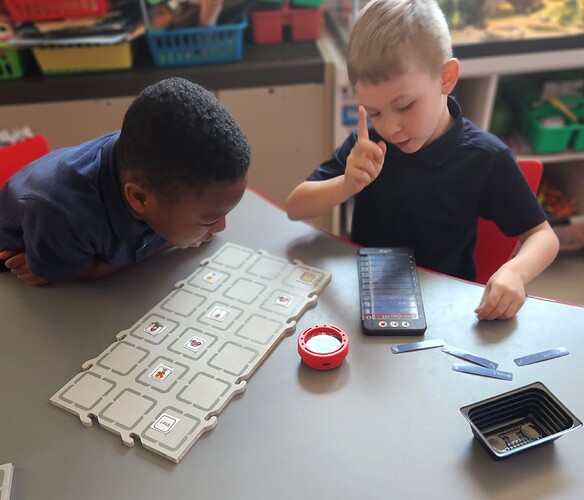Loved this new lesson I tried out with VEX 123!
2nd Grade
STEELS (Updated PA Science and Technology Standards)
“3.1.2.B: Develop a simple model that mimics the function of an animal in dispersing seeds or pollinating plants.”
Penn Hills Charter School of Entrepreneurship 2nd graders became robot pollinators trying to get all the nectar from flowers and water from the environment, while avoiding parking lots, pesticides, and people!
Students had a ‘bees-eye’ view of the challenges facing our friendly pollinators as they programmed their robot with blockly coding in their robot card coder.
Combining multiple ways to code and solve problems and giving students the perspective of pollinators gave students vital learning about our environment and how to make the world a better place for all… people and pollinators!
Next time, I’m having the students decorate their robots as any little pollinator they want to include art and show them the variety of pollinators!
Any other tips/ideas for improvement from the great community here?
Any other fun spring activities others have tried?

